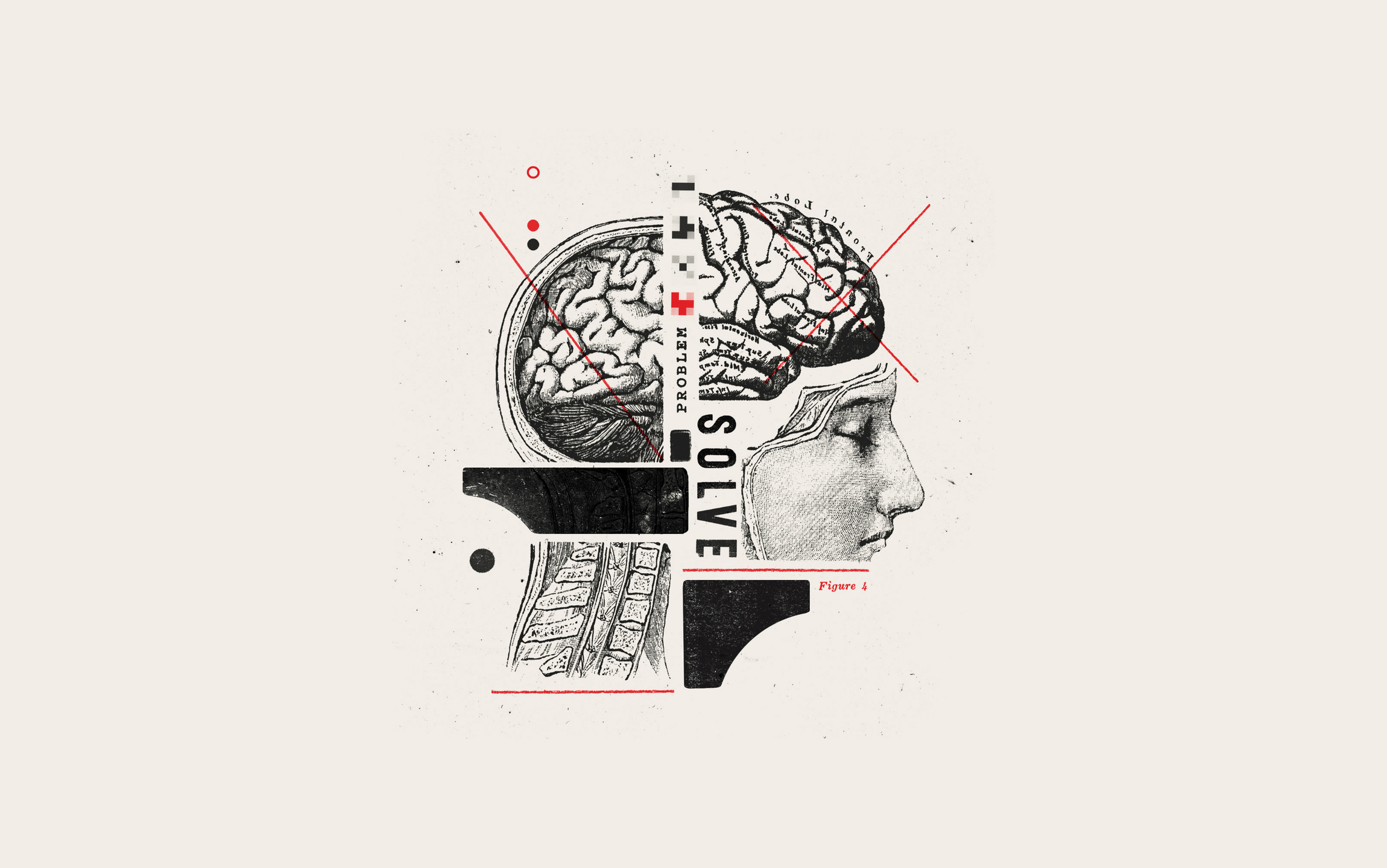
People Who Have Shaped Me
My mother
My professors at the UW in the gender, women and sexuality studies department
My maternal and paternal grandmothers
My best friends, Emily and Lexy
My sister, Rylee

Works That Have Shaped Me
“Twenty-five Indigenous Projects” Linda Tuhiwai Smith, Decolonizing Methodologies: Research and Indigenous Peoples
This work has shaped me by suggesting multiple methodologies and projects that have inspired new ways for me to learn and understand Indigenous knowledges. I am very passionate about learning about Indigenous Knowledges and feminist works as I am a part of the Cowlitz Indigenous group. This work has lead me to look deeper and address more concerns when viewing various projects, articles, and works.
“Pedagogy of the Oppressed” Paulo Freire
This work inspired me to look at teacher-student relationships in new ways. Previously I did not realize the significance of the relationship that occurs between the two. The teacher is usually seen as the giver and the student as the receiver, this only offers a one way chain of communication. I have come to appreciate the discussion based classroom that is facilitated in the GWSS department. I find the conversations to be welcoming and I believe them to be beneficial for the teachers and students as they can learn from one another.
“Under Western Eyes” Chandra Talpade Mohanty, Third World Women and the Politics of Feminism
This work is important to me because it discusses the western feminist discourse and its analysis of the discursive construction of third world women. This article also discusses the importance of disassembling women as a category and thinking of them as individual instead. When women are treated as a single category it destroys their intersectionality and creates the label that women can be powerless or seen as victims. This category also creates the definition of women via object status. This analysis of women is negative and does not help feminist views.
“The Invention of Heterosexuality” Brandon Ambrosino
This work discussed the history of heterosexuality and how the term was created. This proved to me that all terms are just social constructs created by people and we have the choice to make things negative or positive in context. It also explained that “normal” is a loaded and unusual word throughout history that is used to create a binary system of what is considered acceptable in society versus unacceptable. By only using the identifications of hetero or homosexual we do not offer any variance and enforce an outdated system/myth.
“From Servitude to Service Work Historical Continuities in the Racial Division of Paid Reproductive Labor” Evelyn Nakano Glenn
This work discusses the issue that appears when gender and race are treated as one problem instead of separate systems of hierarchy. This discusses a domain with a specific focus on gender and not race being social reproduction. I found this work to be educational and leading me towards a strong approach to intersectionality especially with a focus upon reproductive labor.
“ The One’s Who Walk Away from Omelas” Ursula Le Guin
This may not be a traditional work to have shaped me but I read this in my feminist science fiction course and I believe that it brings up the idea of a utopia but with one major flaw. I see Omelas as a state of mind and obliviousness. There is a restriction of emotion where you do not let yourself act or feel for others and those who choose to will never return to the same type of joy. In this situation most are not willing to risk their happiness to address the problem (unnamed unknown child) and those who do eventually try never return to the same true happiness.